I have stumbled across an extremely strange occurrence in Javascript that I can't make head or tail of.
Here's a very simple if statement:
let hours = 20;
I put a breakpoint here, and set hours = 0 in the debugger. I test !hours in the debugger to confirm the result is true, and click continue to run through the if statement.
if (!hours) {
console.log("Hours is false: " + hours);
} else {
console.log("Hours is true: " + hours);
}
Expected result to be logged:
Hours is false: 0
Actual result logged:
Hours is true: 0
^ Mouse is hovering over hours so current value is visible
This only happens when hours was originally set to an integer, and then set to 0 in the debugger.
Does Javascript have some obscure rule about truthy values retaining their status even after being changed?
Or is this a discrepancy between the debugger and the code (which, if true, would basically defeat the point of the console)?
Why on earth is this happening?
